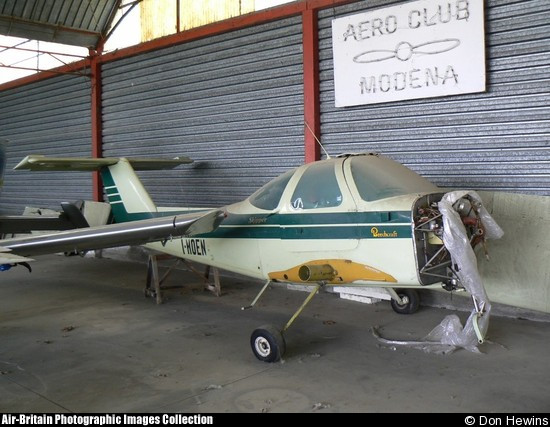
Service ceiling is the maximum altitude which the aircraft can attain flying in air at Standard Temperature and Pressure (29. Contributing to the accident was the pilot’s lack of experience in the airplane.TTSN 5267, 645 SMOH, IFR, Garmin 430 WAAS, Paint 8/10, New Tires, ELT 426, Last annual inspection April 2021 The plane is no longer available SOLD 172 175 177 180 182 185 205 Cessna Seat Repair.

Probable Cause: The pilot’s improper takeoff procedures and his failure to abort the takeoff, which resulted in an aerodynamic stall and subsequent impact with terrain. According to the Federal Aviation Administration Airplane Flying Handbook, before takeoff, pilots should identify a point along the runway at which the airplane should be airborne if the airplane is not airborne by that point, the pilot should take immediate action to discontinue the takeoff. Thus, sufficient runway remained had the pilot elected to abort the takeoff when the airplane exceeded its takeoff ground distance roll. According to the takeoff performance chart in the POH, at gross weight, the airplane’s takeoff distance ground roll and takeoff distance over a 50-ft obstacle were about 900 ft and 1,350 ft, respectively. There was no evidence of preimpact mechanical malfunctions or failures that would have precluded normal operation. Postaccident examination of the airplane revealed that the propeller blade damage was consistent with the engine producing power at the time of impact. He indicated that the stall warning horn sounded, and the airplane “dropped from the sky.”

The pilot stated that he continued the takeoff, and upon lift-off, the airplane’s “acceleration and power started to disappear.” He lowered the airplane’s nose to increase airspeed as the airplane approached the departure end of the runway and then raised the nose gradually, but the stall warning horn sounded he aborted the climb and executed a slight right bank turn to remain over the airport. During the takeoff roll, the pilot began rotation about 1/2 of the way down the 6,200-ft-long runway at 49 knots, which was below the airplane’s rotation speed and stall speed. He said that he looked over the pilot’s operating handbook (POH), performed a preflight inspection with the owner, and then obtained fuel and performed an engine run-up no anomalies were noted.

The private pilot had no flight time in the accident airplane make and model before his personal flight in the airplane. Odessa Airport-Schlemeyer Field (KODO), Odessa, TX.


 0 kommentar(er)
0 kommentar(er)
